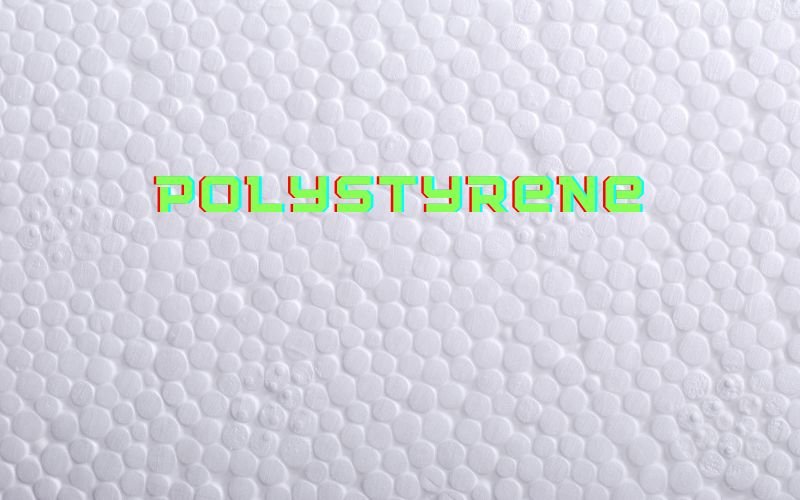Isingeniso
Polystyrene (PS) might not be a term you hear every day, but its presence in our daily lives is undeniable. As a synthetic polymer, PS has woven its way into a myriad of applications, from the coffee cup you might be holding right now to the packaging that protected your latest online purchase. In this article, we’ll journey through the world of PS, exploring its properties, its diverse applications, and its evolving role in the sustainability narrative.
Types and Properties of Polystyrene
Polystyrene, at its essence, is more than just a plastic. It’s a material with a range of properties that make it a favorite in various industries. Let’s break down its main types and their distinct properties:
General Purpose Polystyrene (GPPS)
Izakhiwo Ezibonakalayo:
- Ukungafihli: GPPS is crystal clear, making it ideal for applications where visual appeal and clarity are paramount.
- Rigidity: It’s a hard material, though it can be brittle, which means it can break under significant impact.
- -Lulaphele: Its low density makes it a favorite for products where weight is a concern.
Izakhiwo Zamakhemikhali:
- Solubility: GPPS is insoluble in water but can be dissolved in some organic solvents.
- Thermal Stability: It can withstand average temperatures but has a low melting point, around 240°C (464°F).
High Impact Polystyrene (HIPS)
Izakhiwo Ezibonakalayo:
- Opacity: Unlike GPPS, HIPS is often opaque or translucent.
- Ukuqina: As the name suggests, HIPS has higher impact resistance, making it less brittle than GPPS.
- Ukuvumelana nezimo: It offers a balance between rigidity and flexibility, allowing for varied applications.
Izakhiwo Zamakhemikhali:
- Solubility: Similar to GPPS, HIPS is insoluble in water but can dissolve in specific organic solvents.
- Thermal Stability: HIPS can resist higher temperatures than GPPS, with a melting point slightly above that of GPPS.
At the molecular level, Polystyrene is a vinyl polymer. Structurally, it’s a long hydrocarbon chain, with every other carbon connected to a phenyl group (a ring of 6 carbons). This structure contributes to its rigidity and heat resistance.
Diverse Applications of PS
The adaptability of PS is evident in its wide range of applications:
- Ukupakisha: Think foam packaging, food containers, and those disposable cups that come with your takeaway.
- Ukwakha: PS finds its way into insulation materials and foam boards, ensuring our homes remain energy efficient.
- Izimpahla Zabathengi: Those CD cases collecting dust on your shelf? PS. The toys your children play with and even the disposable cutlery from last night’s dinner? All PS.
Umthelela Wezemvelo Nokusimama
PS’s versatility comes with environmental concerns. Its non-biodegradability and prolonged decomposition time have raised alarms. However, the narrative is changing:
- Recycling Efforts: Innovations in PS recycling are making it possible to reuse this material, reducing its environmental footprint.
- Biodegradable Alternatives: Research is underway to develop sustainable PS materials that decompose faster and leave a smaller environmental impact.
User Testimonials and Feedback
Hearing from those who use PS products daily offers a balanced perspective:
“I love the convenience of PS packaging, but I’m concerned about its environmental impact.” – Jane D.
“As a builder, PS insulation has been a game-changer. It’s efficient and easy to install.” – Mike L.
Tips for Responsible PS Use
For those of us using PS products, here are some tips to ensure we’re doing our part:
- Recycle: Always look for recycling symbols on PS products.
- Reduce Waste: Opt for reusable alternatives when possible.
- Proper Disposal: Ensure PS products are disposed of in the right facilities.
Looking Ahead: The Future of PS
The world of PS is ever-evolving. With ongoing research into sustainable materials and new applications emerging, PS’s story is far from over. Whether it’s innovations in biodegradable PS or new uses in technology, the future looks promising.
Isiphetho
Polystyrene, with its myriad applications and properties, is a testament to the wonders of modern science. As we navigate its benefits and challenges, it’s crucial to stay informed and make conscious choices. We invite you to share your thoughts and experiences with PS in the comments below.





